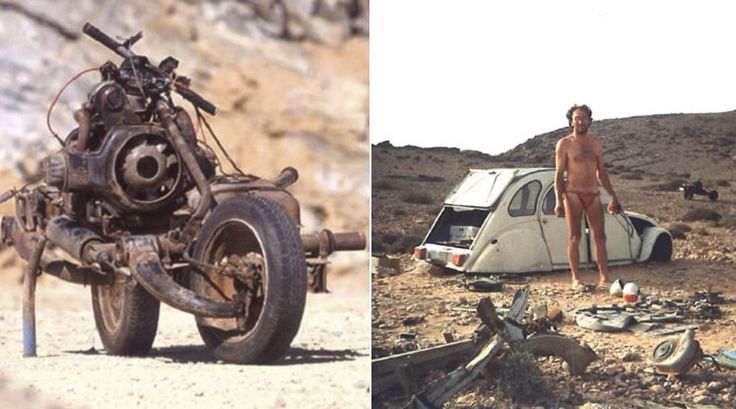
In the annals of incredible survival stories, one tale from the Sahara Desert stands out as a testament to human ingenuity and determination. The year was 1993, and a 43-year-old Frenchman named Emile Leray embarked on a journey from Tan-Tan on the Moroccan coast with the goal of driving his trusty Citroen 2CV to the town of Zagora, following the winding paths of Route MW2 and MS8 through the Moroccan wilderness.
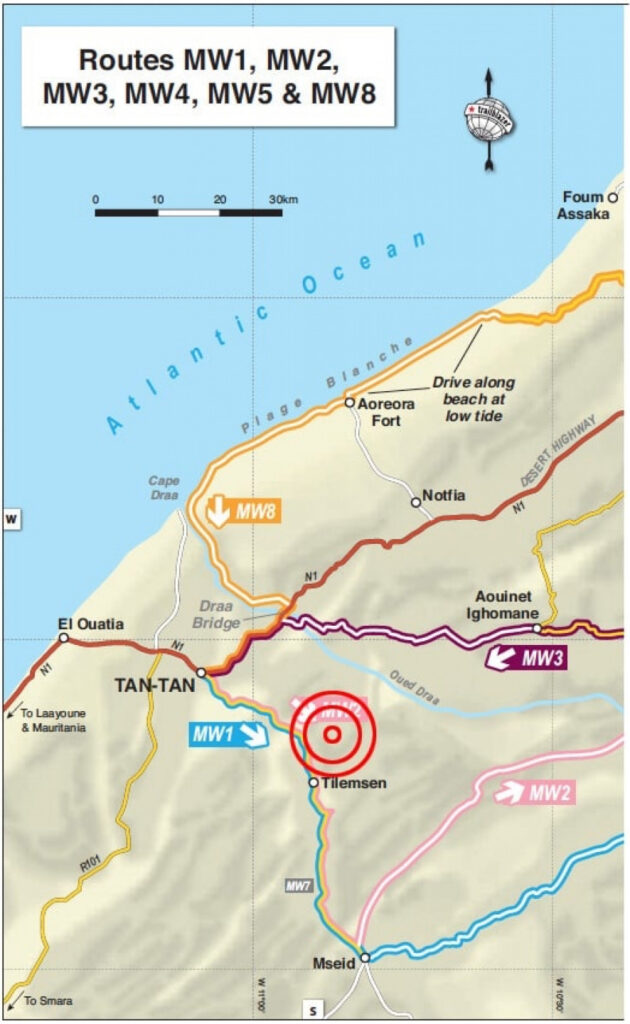
However, the backdrop of Leray’s adventure was not just the sweeping dunes and arid landscapes; it was also the political instability of the region. With the Polisario ceasefire only 18 months old and often violated, Moroccan military personnel halted Leray’s progress near Tilemsen, refusing to let him continue south toward Mseid, a region that was once the Polisario front line.
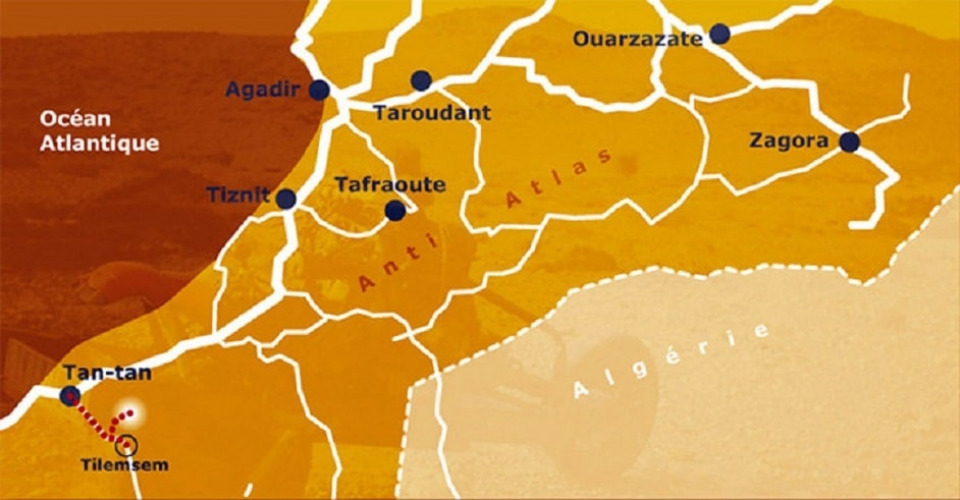
Leray turned back toward Tan-Tan, but an encounter with the army left him at odds with the soldiers. They requested a lift back to town, a common practice at remote Saharan checkpoints, but Leray, for his own reasons, declined. Just west of Tilemsen, with his journey stymied and feeling animosity from the army, Leray hatched an unconventional plan to circumvent the checkpoint.
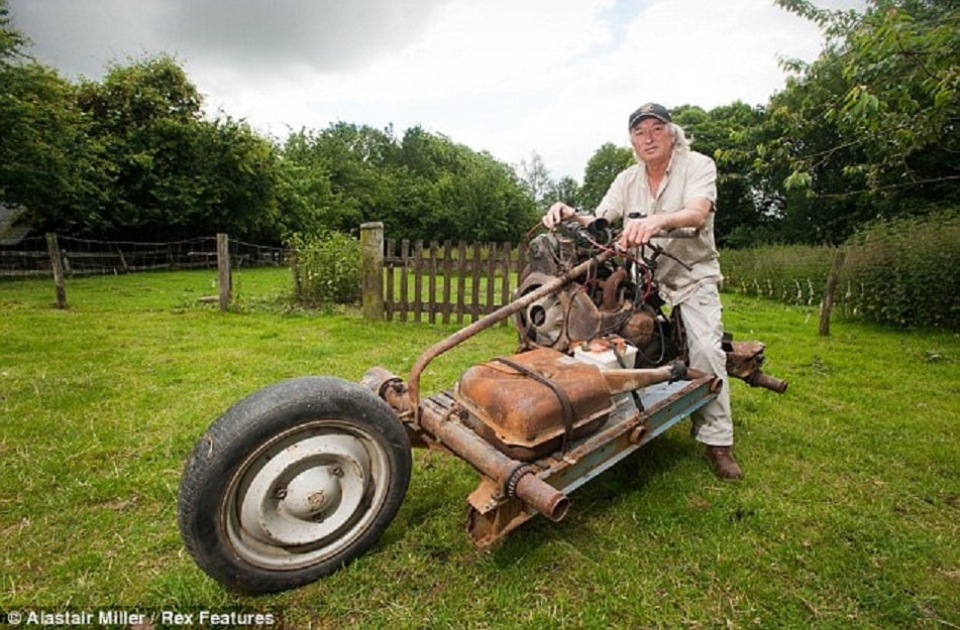
In a twist of fate, one of the 2CV’s suspension arms broke, incapacitating the car. Despite having enough supplies to sustain himself for ten days, Leray was reluctant to abandon his vehicle in the desert’s harsh environs. Thus began a remarkable endeavor that would test his mettle and resourcefulness.
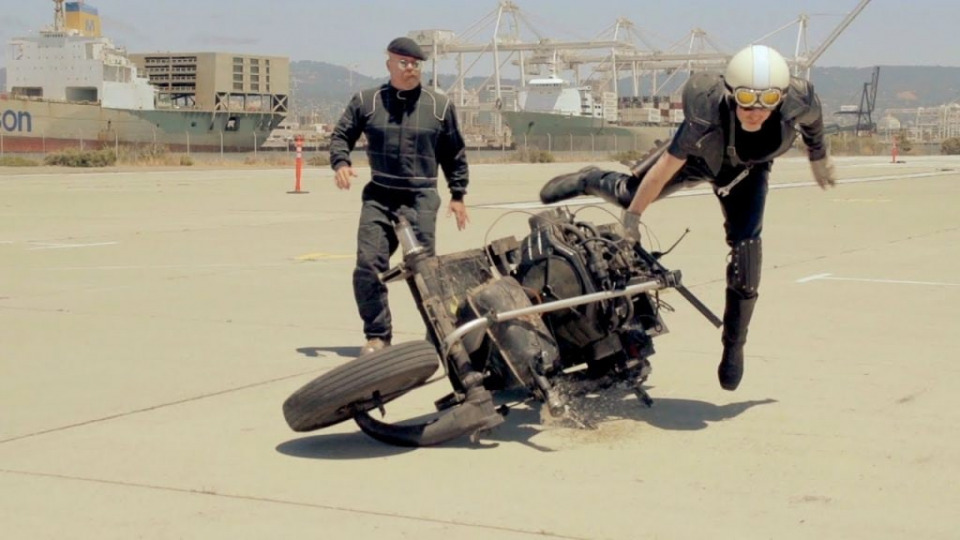
Facing the dilemma of a stranded car and keenly aware of the ever-present threat of theft, Leray made a bold decision. He would dismantle his crippled Citroen and transform it into a rudimentary motorcycle, then ride out of the desert as if nothing unusual had occurred. The unique design and suspension of a 2CV made this improbable conversion feasible.
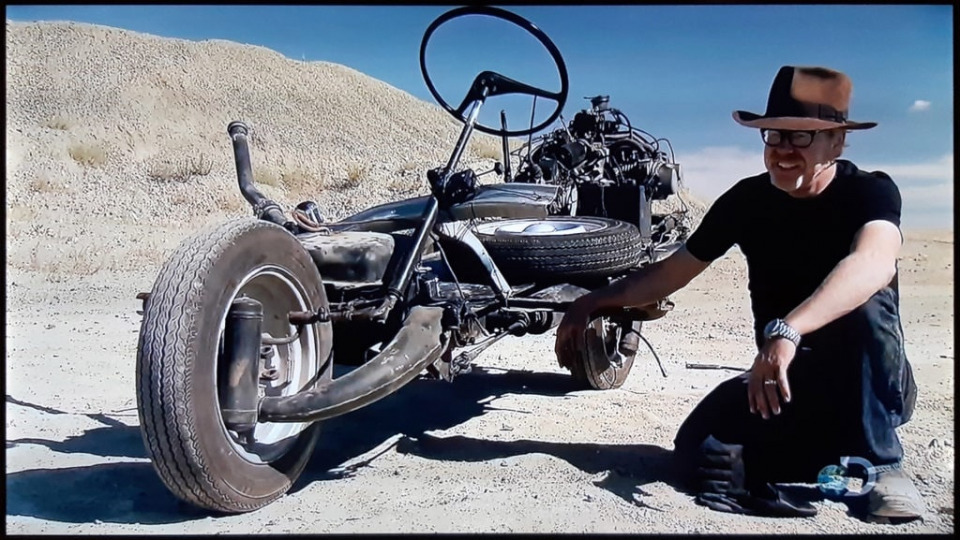
However, this extraordinary project was no walk in the park. Leray’s contraption, although functional, was barely rideable. He encountered frequent setbacks, including falls and mechanical issues, as he struggled to adapt the car’s components into a motorcycle. Eventually, Leray was discovered by a patrol while camping in the desert, leading them to his car’s remains to corroborate his story.
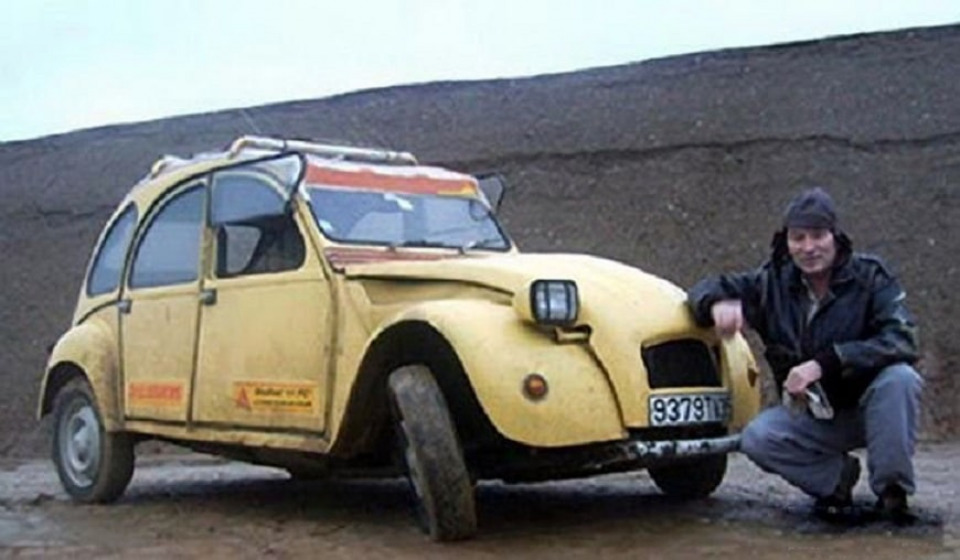
The saga took an unexpected turn when Leray found himself facing a 4500-dh fine (about €450) for driving a vehicle that no longer conformed to its original specifications. Despite his best efforts to maintain his “Steel Camel’s” original license plate, the bureaucratic entanglements persisted.
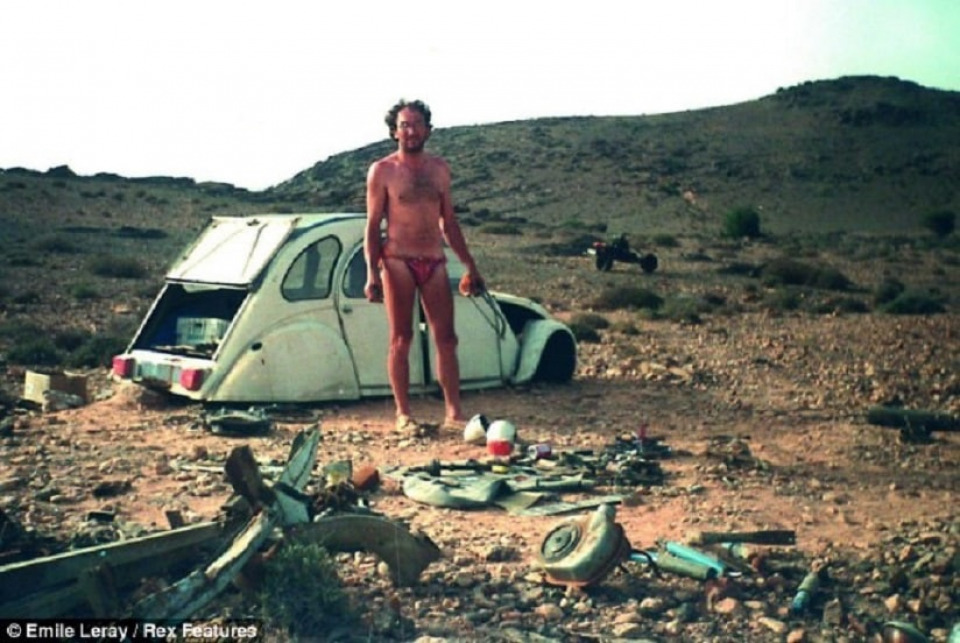
In April 1993, Leray finally reached Tan-Tan, concluding his remarkable desert odyssey. Nevertheless, his adventure was far from over. He faced numerous bureaucratic hurdles, including fines and legal complications related to his makeshift motorcycle. Despite these challenges, Leray persisted, making a month-long, 3500-km journey between Rennes, France, and Tan-Tan to retrieve his dismantled motorcycle, which had been kept by a sympathetic customs officer.
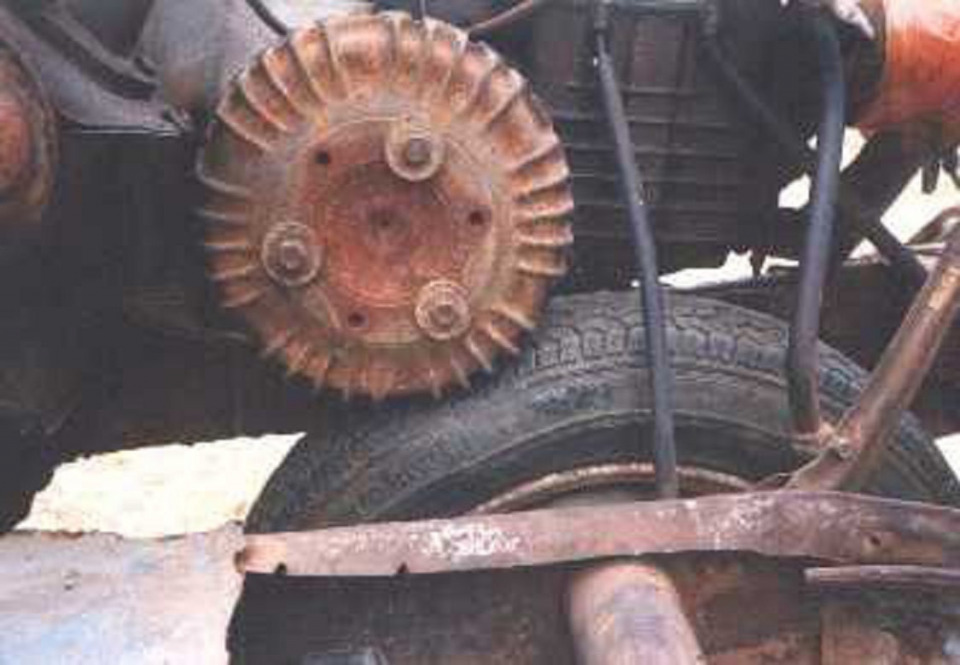


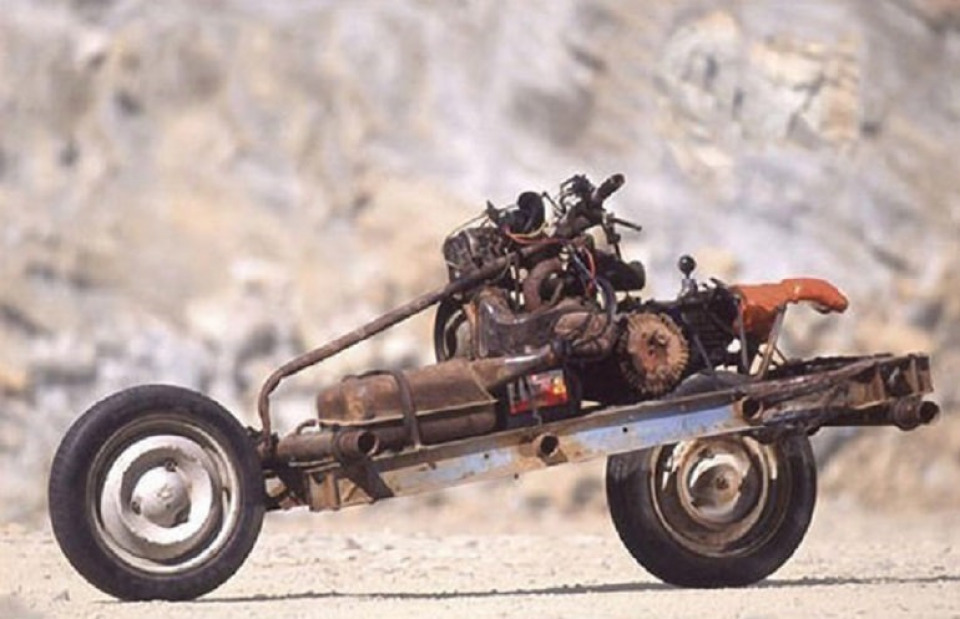
Emile Leray’s incredible feat in the Sahara Desert captured the imagination of many, and his “Steel Camel” motorcycle became a symbol of resilience and resourcefulness. Over the years, Leray returned to Africa and continued to tinker with 2CVs, cementing his reputation as the Doctor of African Mechanics. His daring adventure remains a testament to human determination and adaptability in the face of adversity.

Leave a Reply